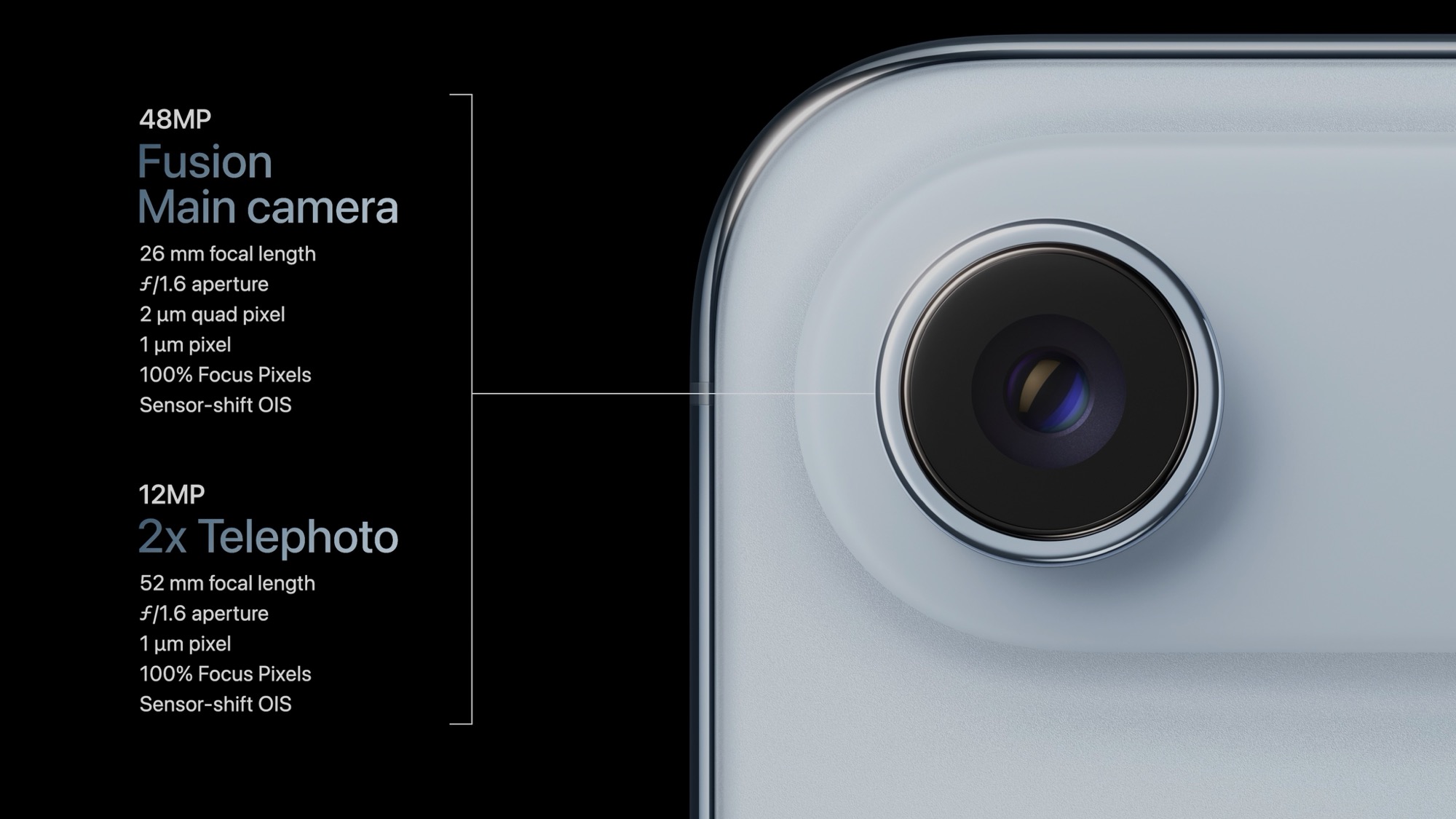The Single Camera
The single camera is one of the most obvious limitations of the iPhone Air, but we should chalk this one up at least partly into the “pro” column, as we don’t want you to be fooled by Apple’s other single-camera phone, the iPhone 16e. The iPhone Air doesn’t have the same limitations, and it’s the best single-camera iPhone Apple has ever made by a healthy margin.
Sure, you’ll be missing some key features like Cinematic mode, Spatial photos and videos, and macro photography. These features rely on the second Ultra Wide lens.
It’s also worth mentioning that, despite having the iPhone 17 Pro’s A19 Pro chip, the iPhone Air lacks features like ProRes RAW, ACES, Log 2 video recording, and Genlock support. These are all quite literally “pro” features, so it shouldn’t be surprising that Apple is limiting them to the iPhone Pro models.
With those limitations out of the way, what you are getting is a single 48 MP Fusion Camera that can handle everything the main cameras on the rest of the iPhone 17 models are capable of. This includes a 2x optical zoom using pixel binning, sensor-shift optical image stabilization (OIS), next-generation portrait features with depth and focus control, and the latest photographic styles. Thanks to the sensor-shift OIS, the iPhone Air also supports Action mode.
It’s unclear how much Apple artificially limited the iPhone 16e camera, but it’s notable that it markets that as a “2-in-1 camera system,” while the iPhone Air is marketed as a “48MP Fusion camera system” that’s significantly more capable.

